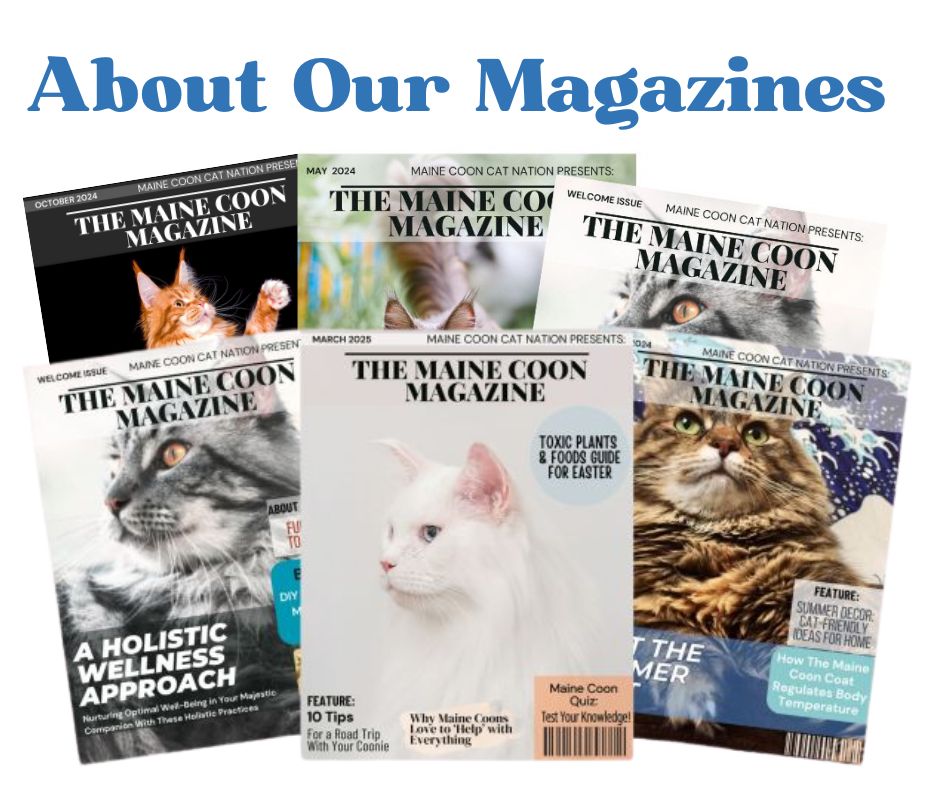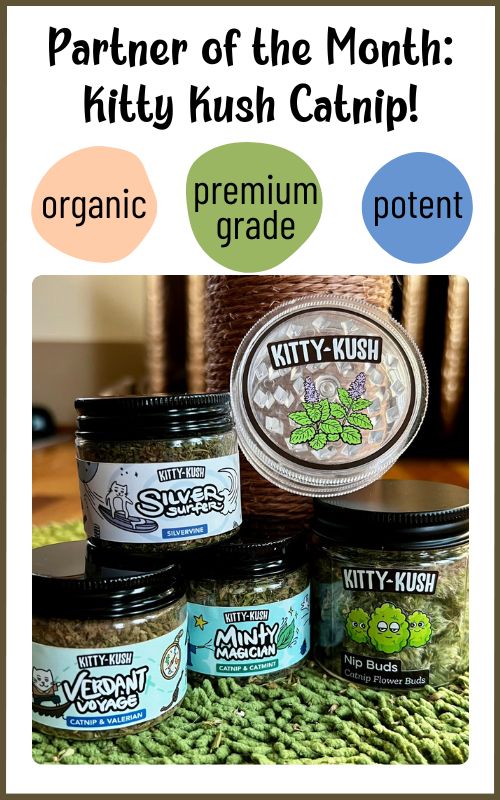- Home
- Maine Coon Personality
- Why Do Cats Love Boxes?
Why Do Cats Love Boxes?
The Universal Truth: If There’s a Box, a Cat Will Sit In It!
If there’s a cardboard container anywhere in the house, chances are a furry friend has claimed it. Why do cats love boxes, though?
This quirky behavior is adorable and amusing - let's talk about what makes enclosed spaces so irresistible!
Science has some fascinating answers! From providing a sense of security to satisfying natural instincts, there’s more to this obsession than meets the eye.
Studies even show these cozy hideaways help reduce stress. But that’s not all - there’s also a playful side, as these makeshift dens become launchpads for sneak attacks and impromptu naps.
Whether it’s a tiny shoebox or a massive delivery package, the appeal is undeniable.
Let’s explore the reasons behind this curious fascination and how to make the most of it for a happy, entertained companion.

The Science of Comfort and Security
How Boxes Provide a Sense of Safety and Security:
A cozy, enclosed space offers a perfect retreat. The high sides create a protective barrier, blocking out unwanted sights and sounds.
This sense of security helps reduce anxiety, making it easier to relax. Small spaces also trap body heat, providing extra warmth and comfort.
Feline Instinct to Seek Enclosed Spaces for Protection:
Why do cats love boxes? It ties back to survival instincts. In the wild, a hidden spot keeps them safe from predators while allowing them to observe their surroundings.
Even in a peaceful home, this natural behavior remains strong. A snug hiding place offers a sense of control, making them feel secure.
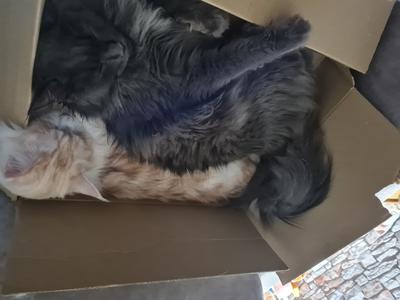
Studies on Stress Reduction in Shelter Cats When Provided with Boxes:
Research supports the benefits of hiding spaces. A Utrecht University study found that shelter cats given boxes adapted faster to new environments. [1]
Those with a private retreat showed lower stress levels, leading to better overall health.
When faced with change or uncertainty, a safe hideaway makes a big difference.
A Perfect Temperature Regulator
Ideal Feline Body Temperature Range (86–97°F) and How Boxes Help Retain Warmth:

Unlike humans, who feel comfortable around 70°F, felines prefer much warmer surroundings - ideally between 86–97°F.
This range supports efficient energy use, reducing the need to burn extra calories for warmth.
Since cardboard is an excellent insulator, a simple enclosed space helps retain body heat, creating a cozy microclimate.
Instead of seeking out direct heat sources, they instinctively curl up in enclosed areas where warmth is trapped and preserved.
Why Cats Naturally Gravitate to Insulated or Enclosed Spaces for Thermoregulation:
Why do cats love boxes? One reason is pure comfort. In cooler environments, these snug spaces provide much-needed warmth, reducing heat loss.
This behavior stems from survival instincts. In the wild, finding shelter in tight spaces helps conserve energy and maintain an optimal body temperature.
Enclosed areas also offer relief from cold floors and drafts, ensuring a stable, comfortable resting spot.
Whether it’s a cardboard hideout, a small nook, or a soft bed with raised edges, the appeal remains the same - staying warm and secure!
The Predator Instinct in Play
How Boxes Mimic Hiding Spots in the Wild:
In nature, small, enclosed spaces provide the perfect vantage point for stalking prey while staying hidden from larger predators.
Dense underbrush, hollow logs, and burrows serve this purpose in the wild.
A simple cardboard hideout offers that same sense of security, allowing for silent observation before making a move.
Stalking, Ambushing, and the Thrill of Pouncing from a Box:
One reason cat love boxes is that they create the perfect setting for an ambush.
The confined space allows for a surprise attack, whether on a toy, a passing pet, or an unsuspecting human foot.
The act of crouching low, wiggling in anticipation, and then leaping forward mimics the way hunters in the wild capture their meals.
How This Behavior Is Tied to Natural Hunting Instincts:
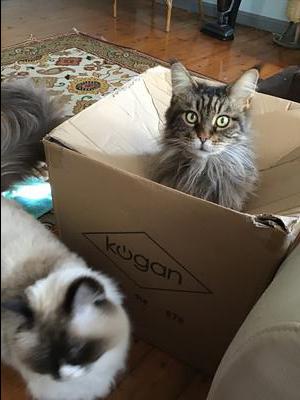
Even the most pampered house pet still carries the instincts of a skilled hunter.
Hiding, waiting, and pouncing are all part of an innate drive to chase and capture.
Whether playing with a toy or launching an ambush from a favorite hideout, these behaviors tap into deeply rooted survival skills. Enclosed spaces are an irresistible playground!
Texture and Sensory Appeal
A Satisfying Surface for Scratching and Chewing
The rough, fibrous feel of cardboard makes it perfect for claw maintenance.
It provides just the right amount of resistance, helping to shed outer claw layers.
Some also enjoy nibbling on the edges, which may satisfy a natural urge to chew.
The Allure of Certain Scents and Textures
Materials carry scents that can be intriguing. The earthy, slightly woody smell of cardboard may be comforting.
Soft, flexible surfaces also offer a cozy, moldable feel that invites lounging and kneading.

How Enclosed Spaces Heighten Sensory Experience
A confined space amplifies sounds and scents. A hideout can create a sense of stillness, allowing them to focus on subtle noises or the warmth of their own body.
Why do cats love boxes? This sensory immersion can be both stimulating and soothing, making a simple enclosure more than just a resting spot - it’s an experience.
Boxes as Stress Relievers
A Retreat for Reducing Anxiety
A quiet, enclosed space provides a sense of control. When feeling overwhelmed, a secluded spot can help lower stress levels by offering a break from external stimuli.
Studies even show that having a secure hiding place can help newly adopted pets adjust more quickly.
A Safe Haven From Overstimulation
New environments, unfamiliar faces, or additional animals can be unsettling. A familiar hideaway offers a reliable escape when things feel unpredictable.
Whether adjusting to a new pet, a houseguest, or even loud noises, a cozy enclosure serves as a comfort zone.
An enclosed space creates a calming effect by reducing visual distractions, and helps to prevent sensory overload and providing a much-needed moment of peace.
Fun Ways to Use Boxes for Enrichment
Build an Interactive Playground
A simple cardboard structure can become an exciting hideout or maze.
Cut entry holes, stack different sizes, and create tunnels for a fun, ever-changing play area.
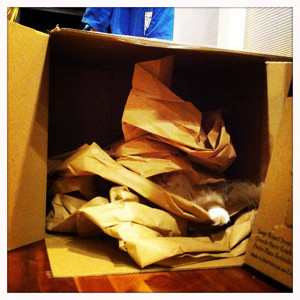
Add a Personal Touch
A cozy retreat is even better with a soft blanket, a sprinkle of catnip, or a favorite toy inside.
These small additions make the space more inviting and encourage exploration.
Keep Things Exciting
Switch things up by rearranging or introducing new shapes and sizes. Changing the setup prevents boredom and keeps curiosity high.
Even moving a familiar hiding spot to a different room can create fresh interest.
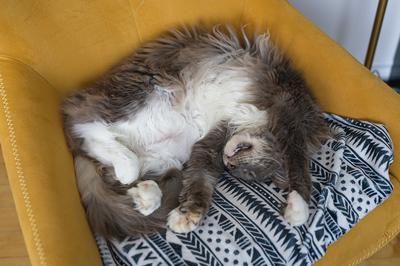
So, Why Do Cats Love Boxes?
The answer lies in comfort, warmth, play, and security.
These simple spaces tap into natural instincts, helping reduce stress and providing endless entertainment.
Whether used for hiding, pouncing, or just lounging, they offer a sense of safety and fun.
Adding creative elements keeps things interesting and enriching. A basic cardboard hideaway may seem ordinary, but for a cat, it’s the perfect retreat.
Top of Why Do Cats Love Boxes?
« Back to Maine Coon Personality
Reference:
[1] van der Leij WJR, Selman LDAM, Vernooij JCM, Vinke CM. The effect of a hiding box on stress levels and body weight in Dutch shelter cats; a randomized controlled trial. PLoS One. 2019 Oct 14;14(10):e0223492. doi: 10.1371/journal.pone.0223492. PMID: 31609987; PMCID: PMC6791553. https://pubmed.ncbi.nlm.nih.gov/31609987/
Recent Articles
-
Memory Lane Month Begins!
Apr 15, 25 10:22 PM
We're thrilled to start our "Memory Lane Month" event by visiting some cherished moments from our community! We're in the process of restoring meaningful community stories like this one, to preserve t… -
Will a Maine Coon Protect Its Owner From Danger or an Intruder?
Apr 09, 25 10:41 PM
Plenty of people are curious: Will a Maine Coon protect its owner if something happens? Let’s talk about what this means, and what kind of protector a Coonie is. -
9 Types of Maine Coon Cats and How to Tell Them Apart
Apr 09, 25 03:58 PM
When people say "types of Maine Coon cats," they're usually talking about color. But as Coonie lovers know, there’s a lot more to it than that! From wild-looking European lines to polydactyl paws and…
